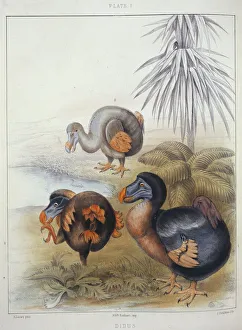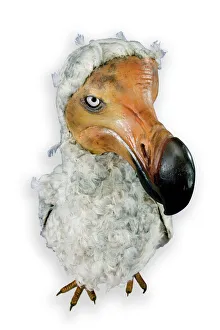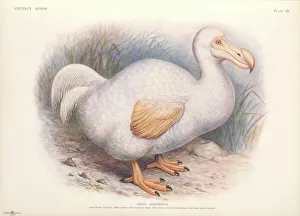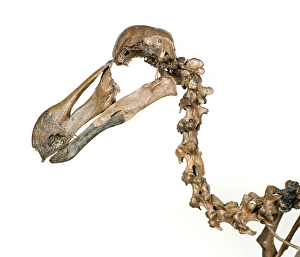Raphinae Collection
Raphinae, a fascinating group of flightless birds, includes the extinct species Raphus solitarius, commonly known as the Reunion white dodo
All Professionally Made to Order for Quick Shipping
Raphinae, a fascinating group of flightless birds, includes the extinct species Raphus solitarius, commonly known as the Reunion white dodo. These unique creatures were native to the island of Réunion and sadly became extinct in the 17th century due to human activities. Another well-known member of the Raphinae family is Raphus cucullatus, famously referred to as simply "dodo. " This bird inhabited Mauritius until it met a similar fate as its Reunion counterpart. The dodo's appearance was often depicted with a large beak and stout body. Didus ineptus, an alternative name for this remarkable creature, highlights its unfortunate destiny. Despite being unable to adapt quickly enough to survive against human interference and introduced predators like rats and dogs, these birds left behind an enduring legacy. Today, we can marvel at their existence through preserved specimens such as dodo skeletons. These skeletal remains provide valuable insights into their anatomy and allow us to understand more about these enigmatic creatures that once roamed our planet. The story serves as a reminder of how fragile life can be when faced with environmental changes caused by humans. It urges us to reflect on our actions towards other species sharing this Earth with us and strive for better conservation efforts. Let us remember the magnificent Raphus cucullatus - the dodos - whose presence may have been lost forever but whose memory continues to captivate our imaginations even today.









